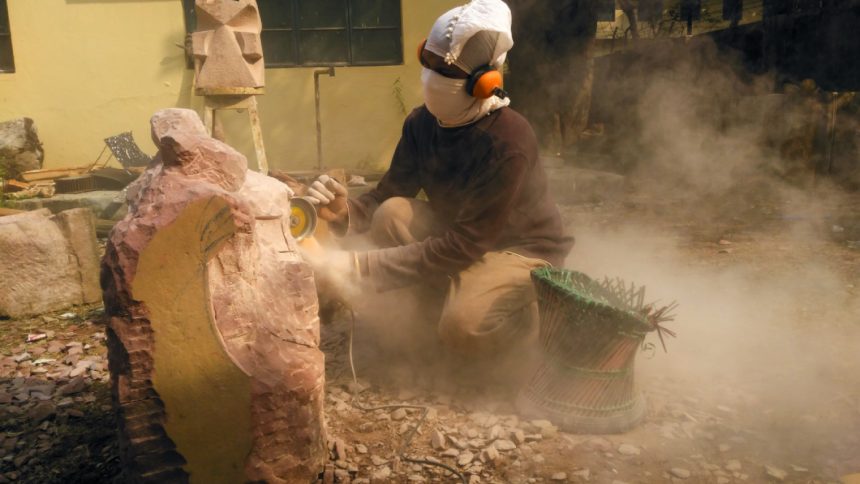June 24, 2022
DHAKA – For some, blank canvases and empty pages is the gateway to a world of infinite possibilities awaiting the genius of their brushstrokes. This urge to reimagine the world they reside in or create new ones emerge from doodles, watching cartoons, or drawing their “graam er drissho”.
While the practice of turning your creative endeavours into a career is frowned upon, there is no denying that artists are here to stay. Moreover, it is now easier to get your work out to a larger audience. The existence of social media and sites such as Behance and ArtStation allows artists to create portfolios and helps in taking up requests and possible employment opportunities.
Many options have opened up for the artistically gifted, but the end goal for some is to sell original pieces. Whether it is a client found through social media, an acquaintance, or a gallery show, to be able to sell your art for a sum is a sign that they have made it.
It is no easy feat though. To be able to create demand for your art, especially in a closed-off market, requires the right connections. It takes time to break through and connect with an inaccessible circle, and to convince the same group of people to be paying top bucks for your creation is a completely different game.

As a result, selling original pieces becomes an outrageous prospect for aspiring young creatives. What gets attention, and hence, potential customers, are pieces from established names or widely recognised artworks.
A more feasible service offered by young artists are commissions. The question “Can you draw me?” should no longer irk them as they can finally put a price on the question. Portraits and caricatures boast a large audience and widespread demand. Such mediums can especially help those with the ability to render hyper-realistic pieces or ones with very distinct styles.
Artists can branch out even further. Murals are an option for those who love to paint. Walk into any cafe, and you can catch a glimpse of an ornamental concrete wall elevating the ambience. In recent years, office spaces and schools have also devoted themselves to establishing an identity in their premises. Interior design firms work closely with artists to work on murals and sometimes even outsource the mural entirely.
Moreover, the appeal of commercial art is very linear. The corporate art style of saturated palettes and skewed proportions has become infamous. Such standards not only deprive artists of fully showcasing the nuances of their style but also create restrictions that disrupt the fluidity of art.
Asif states,” It is very unlikely that a studio will hire you based on your style. To catch their attention, artists should develop a portfolio that tailors to the needs of the said studio.”
The harsh reality is that to obtain even a mellow grip on the industry, most artists will need to cater to the needs of the industry, and even then, there will truly be no guarantee of attaining your dream job.
However, all isn’t doom and gloom. The local market is also participating in the mass stream of content. Video game studios are popping up across the country, and established comic book studios, as well as positions in newspaper outlets as cartoonists, have great opportunities for artists. On the other hand, those working with a more traditional medium can seek out openings in art director positions. Museums, TV studios, and marketing agencies all need an art director, and there are few cut out for the job as well as fine artists.
To be passionate about art is truly magical. It is rewarding and reassuring. There is marketing yourself, knowing your market, and setting the right prices – all of which develop with the artist. Obstacles and hurdles are only part of the process but there is no reason why it shouldn’t become a reality. With foundational support and some fine tuning in the right places, the creative part of the economy will become a mainstay and perhaps even a source of pride for the country.



